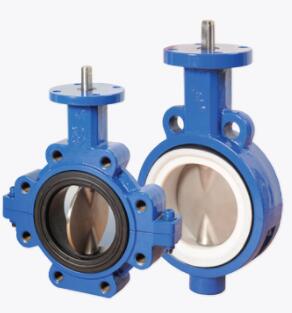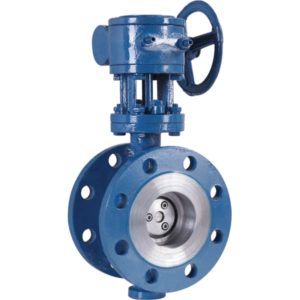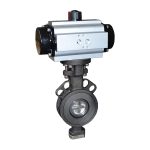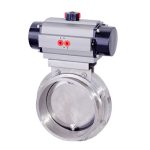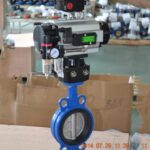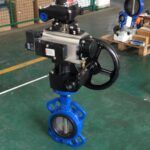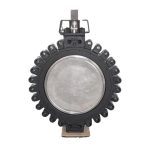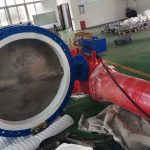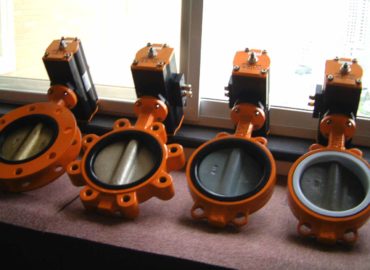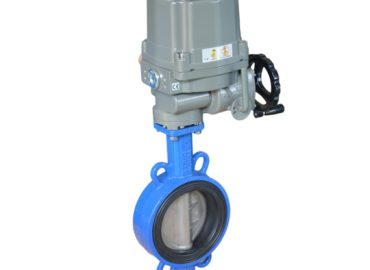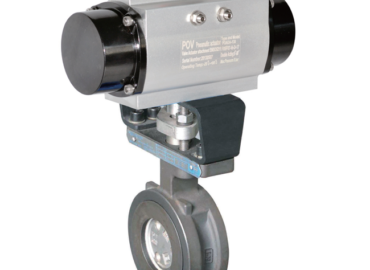The action of pneumatic actuator control valve is unstable:
1. Unstable air source pressure.
1) Compressor capacity is too small;
2) Pressure reducing valve failure.
2. Unstable signal pressure.
1) The time constant (T = RC) of the control system is inappropriate;
2) The output of the regulator is unstable.
3. The air source pressure is stable, so is the signal pressure, but the action of the regulating valve is still unstable.
1) The ball valve of the amplifier in the positioner is not closed properly due to dirt wear, and the output shock will occur when the gas consumption increases especially;
2) The nozzle baffle of the amplifier in the locator is not parallel, and the baffle cannot cover the nozzle;
3) Leakage of output pipe and line;
4) The actuator is too rigid;
5) The valve stem has great friction resistance during the movement, and it is blocked in contact with the parts.
Pneumatic actuator control valve vibration.
1. The regulator shall vibrate at any opening.
1) Unstable support;
2) Vibration source nearby;
3) Spool and bushing wear badly.
2. Regulator valve vibrates near full close position.
1) The regulator is selected large, often in the small opening under the use;
2) Single-seat valve medium flows in the opposite direction to the closed direction.
Slow action of regulator valve.
1. Stem slow only in one direction.
1) The diaphragm in the pneumatic thin film actuator is damaged and leaked;
2) “O” type seal leakage in the actuator.
2. The valve stem is dull in reciprocating action.
1) Sticky substances are blocked in the valve body;
2) Polytetrafluoroethylene filler metamorphic hardening or graphite-asbestos packing lubricant drying;
3) If the packing is too tight, the friction resistance will increase;
4) The valve stem is not straight, resulting in high friction resistance;
5) Pneumatic control valve without positioner will also lead to slow action.
The leakage of pneumatic actuator regulator valve increases.
1. Large leakage amount when the valve is fully close.
1) Spool is worn and leakage is serious;
2) The valve is not properly adjust and not tightly close.
2. The valve cannot reach the fully closed position.
1) The pressure difference of medium is too large, the actuator is less rigid, and the valve is not tightly close;
2) Foreign body in the valve;
3) Bushing sintering.


